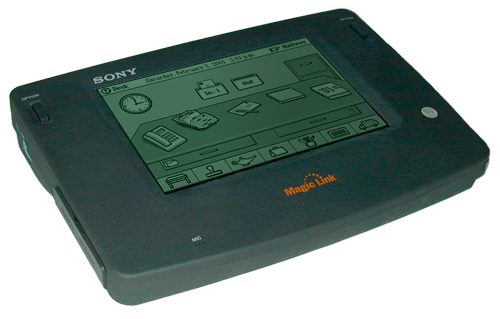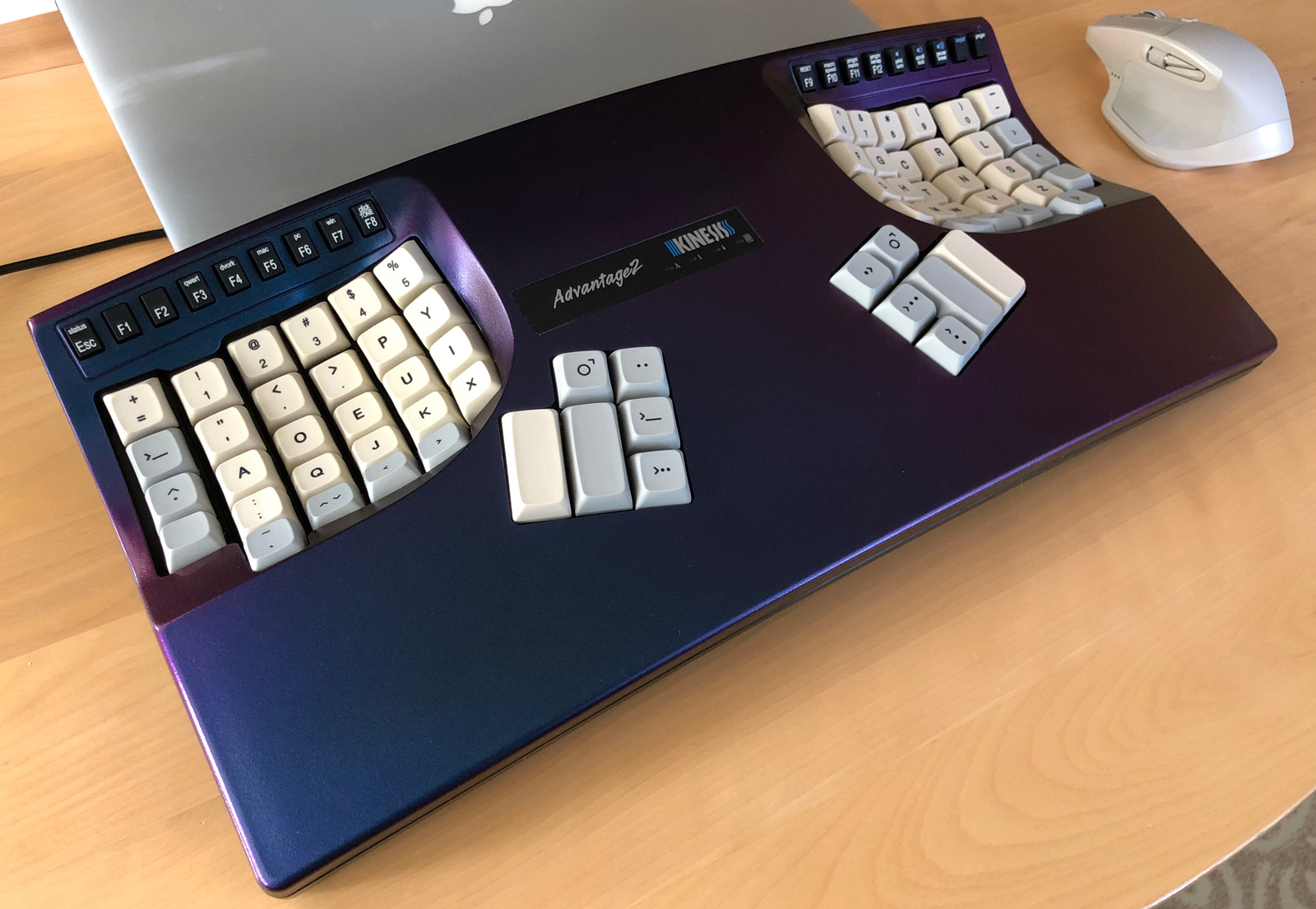
Operating System: Magic Cap 1.0
Pros: Great battery, great rubberized paint.
Cons: Awful low-contrast screen, Extra-slow-mo user experience.
History
The PIC-1000 has rightfully earned its place as a groundbreaking handheld device. (And no, not “groundbreaking” in the sense that if you drop it on the ground, it might break.) It was groundbreaking in that the PIC-1000 was the first Magic Cap device to ship. It went out the door before I got to Magic, but I’ve heard plenty of stories about the 1.0 days and the final push to get Cedar out the door.
Like many 1.0 products, however, the reality distortion field surrounding Cedar’s development may have skewed the creator’s otherwise sound judgment. Certainly General Magic went through a great deal of testing to perfect the Magic Cap user experience. In fact, they had a state-of-the-art usability lab where every type of person from ten-year-old to grandmother, and scientist to janitor, was brought in for usability tests which were videotaped from several angles and pored over by a trained expert. The lab had hundreds of such videotapes.
But one key flaw remained: the device was dog slow. Turning it on took forever as the device booted. Navigating around the user interface was tedious. You couldn’t really take a person’s phone number as they gave it to you, for example, because you’d have to boot, wait, wait, wait, tap the rolodex, wait, tap new, wait, type the name, wait… etc etc etc.. Pen and paper didn’t have much to fear from the PIC-1000.
The PIC-1000 was a first regardless. It was a solid device despite its flaws, and Sony was fantastic with listening to customers when they developed the PIC-2000. And they couldn’t have done that without customers to listen to – customers who owned the PIC-1000.





Share this post
Twitter
Google+
Facebook
Reddit
LinkedIn
StumbleUpon
Pinterest
Email